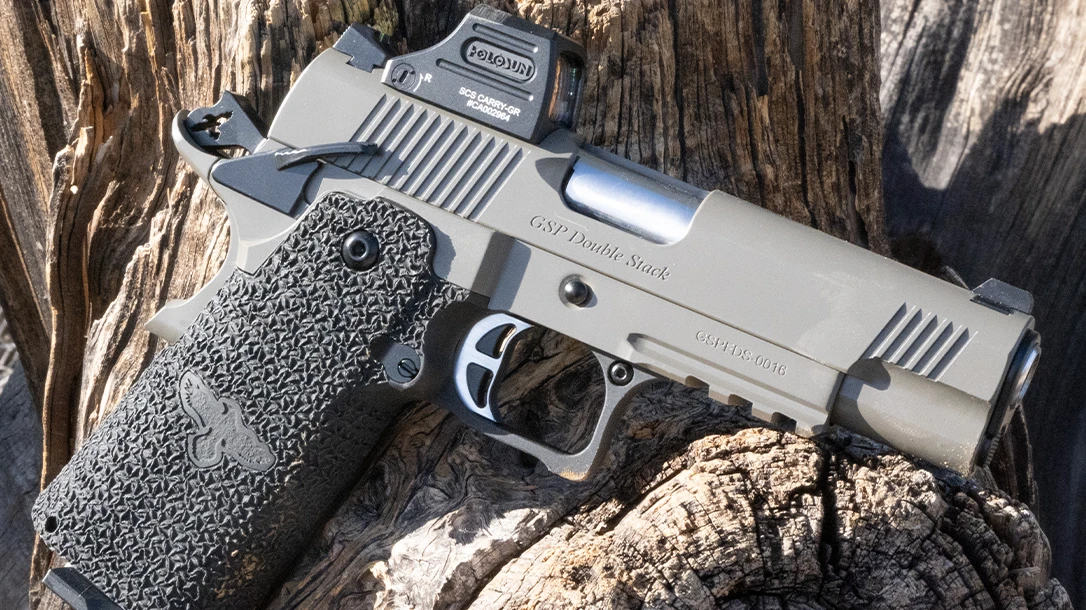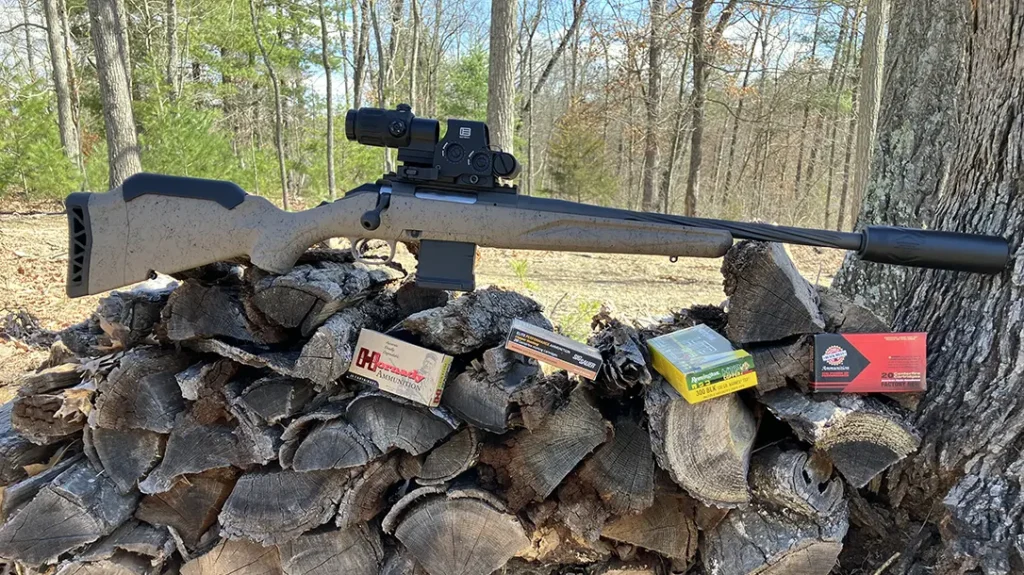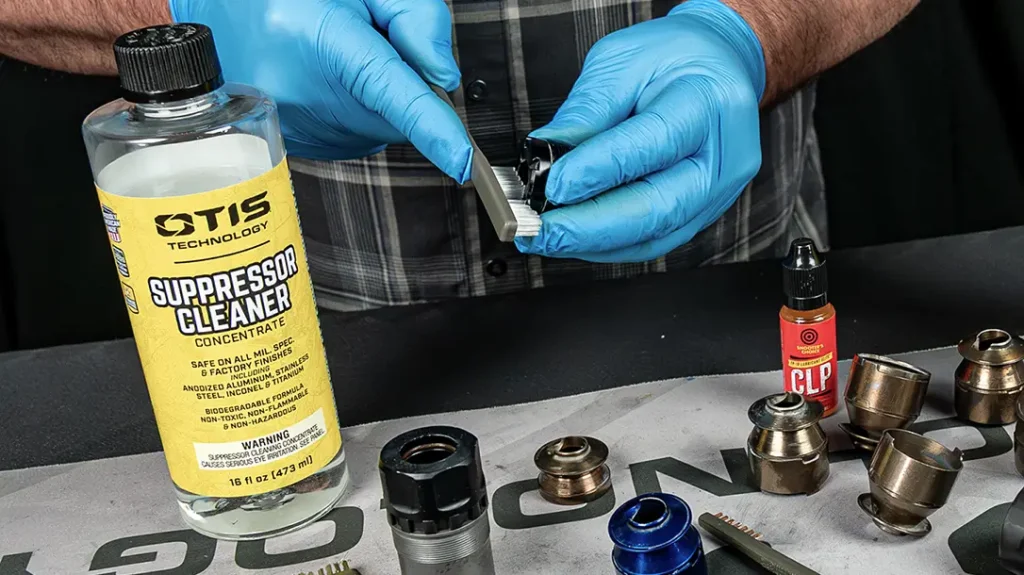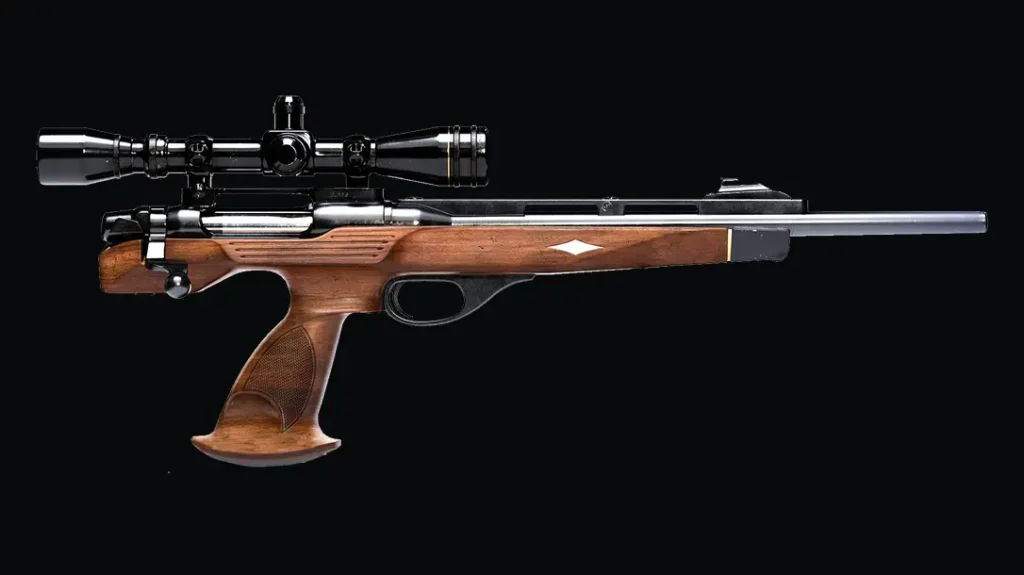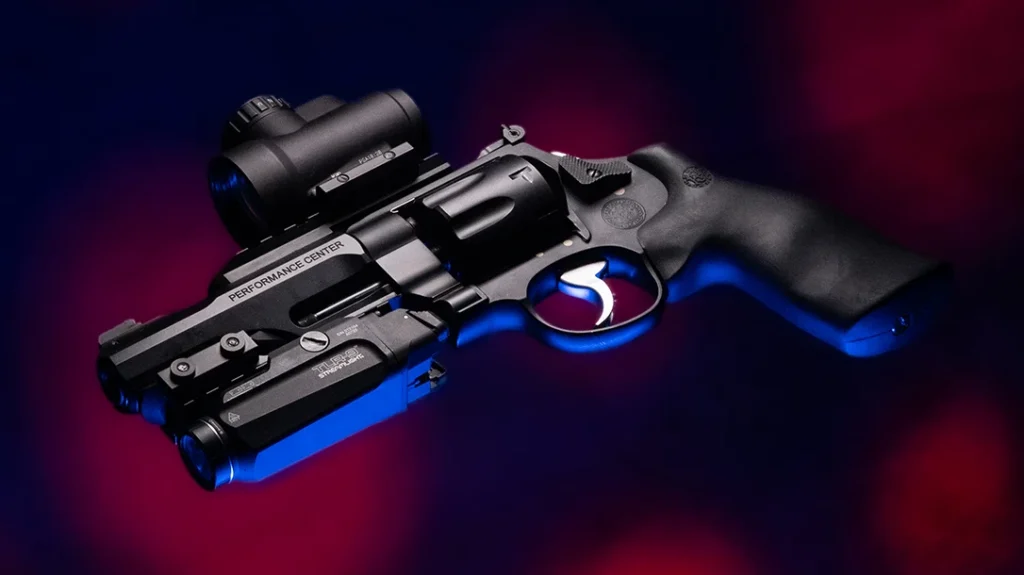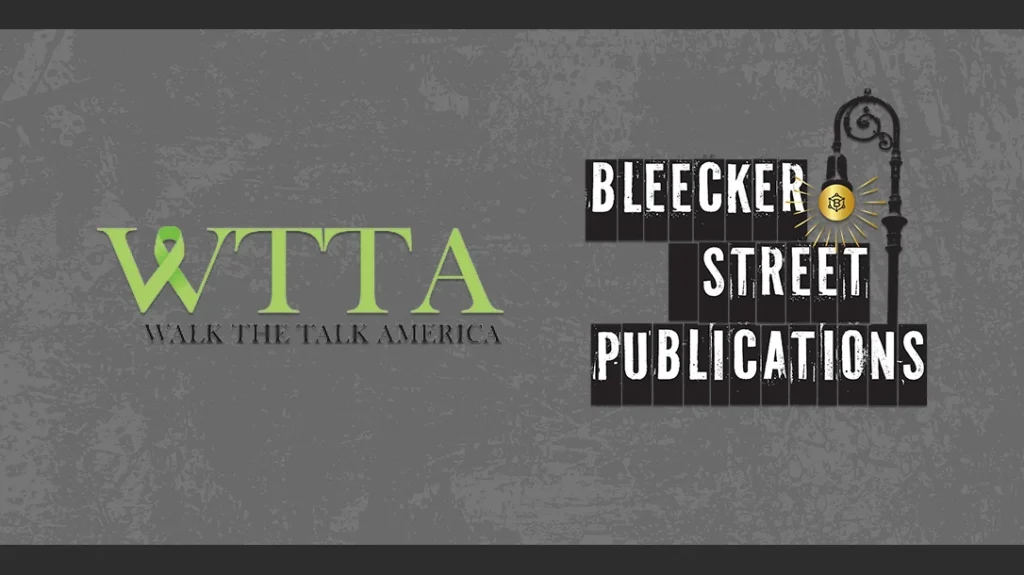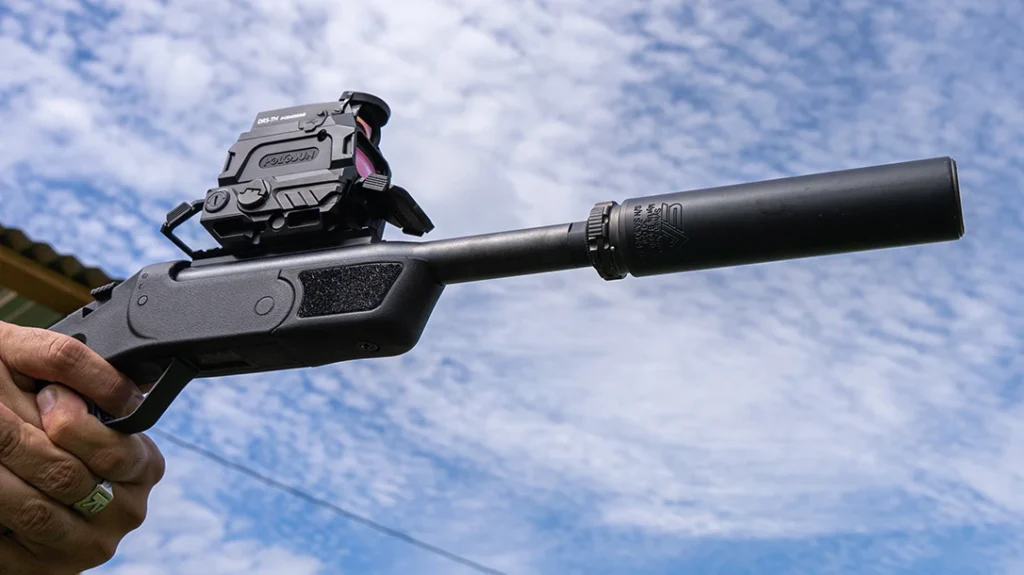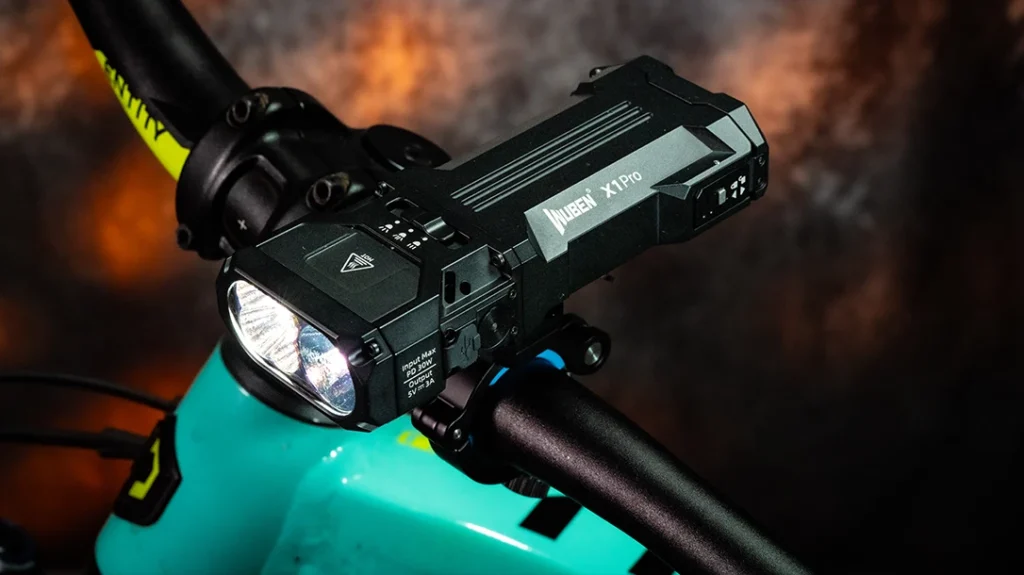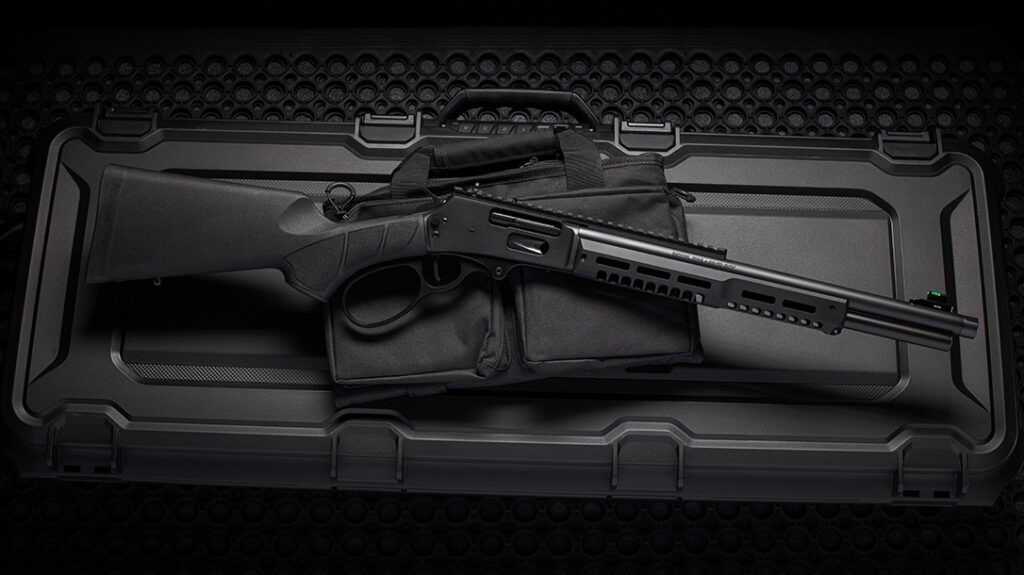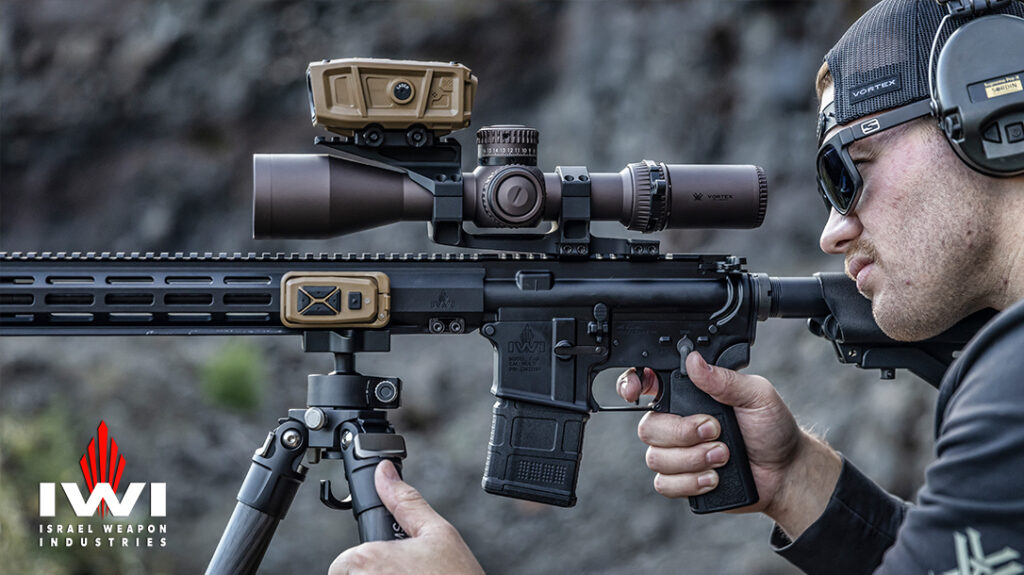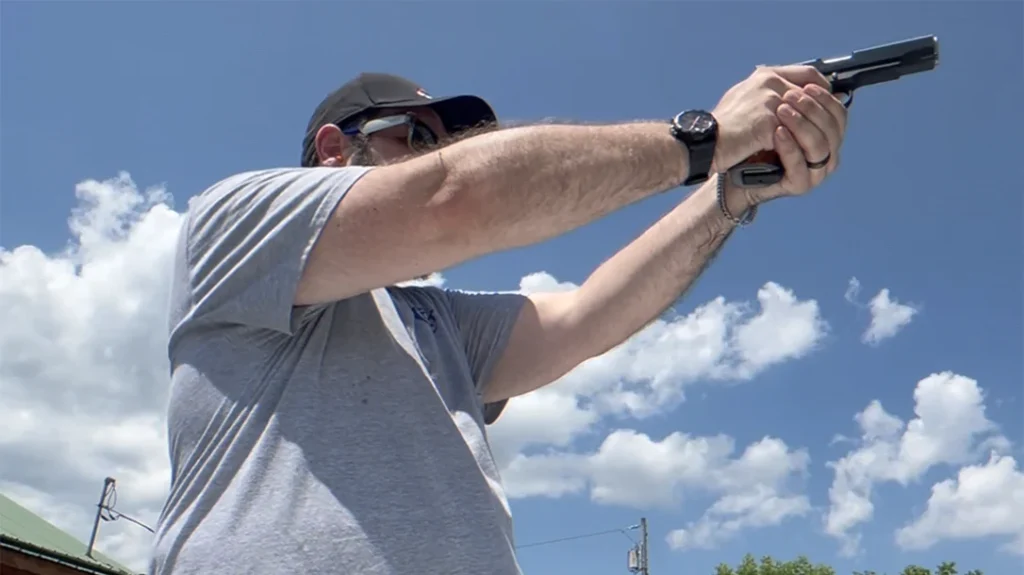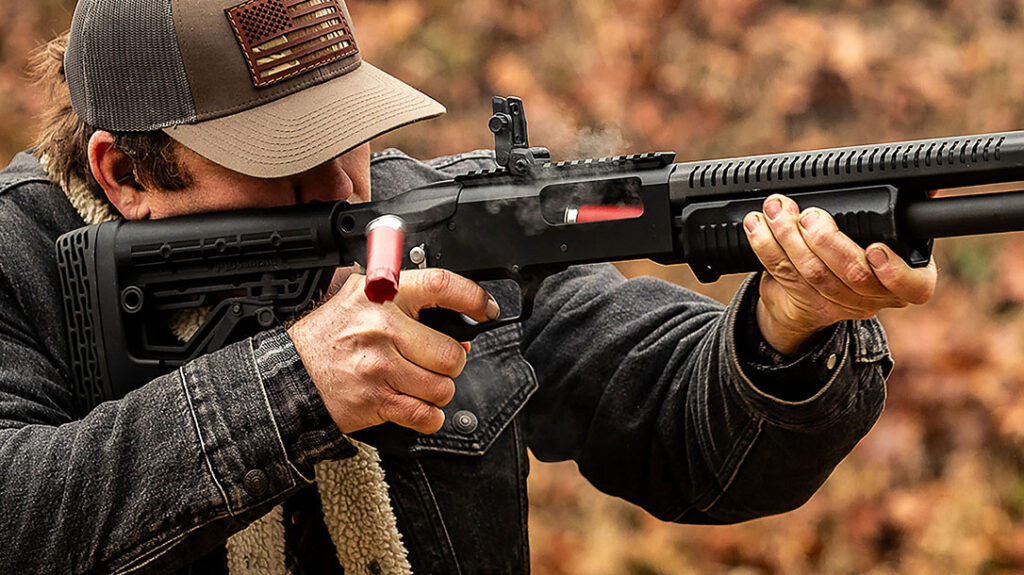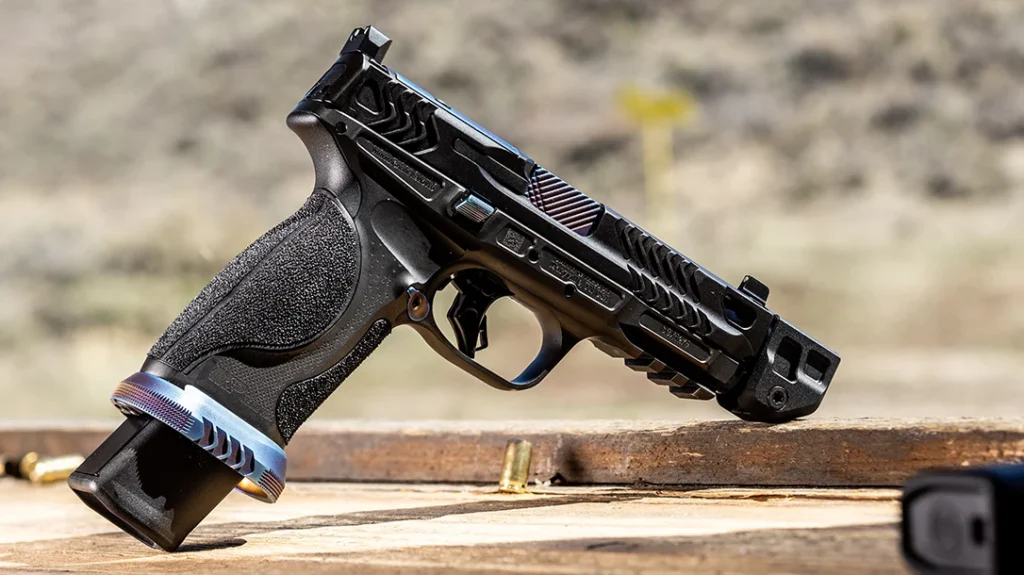All of a sudden the world has decided that double-stack 1911s or 2011s are no longer “just a competition pistol”.
Widebody 1911s and 2011s are moving into the mainstream and models can be found at pretty much every price point. Much of this is the result of Staccato’s (formerly STI) brilliant marketing 4-D chess move. It wasn’t until Staccato started marketing its flagship pistol, the Staccato P to law enforcement agencies that double-stack pistols started picking up steam. Prior to that, these types of pistols were only the concern of competition-focused shooters.
Once individual officers and a handful of law enforcement agencies started purchasing Staccato 2011s, it caused a trend that still hasn’t slowed down. These pistols typically retail on average at nearly $3,000-$4,000. Some models are even costlier.
Advertisement — Continue Reading Below
Sure, qualified officers can get an LE discount on these guns. Nonetheless, these officers are still spending a nice chunk of change on the total bill. And you know how the old joke goes: “the only thing cheaper than a cop is two cops.”
Humor aside, what drives someone (officer or not) to pay that much for a duty-grade pistol?
And more importantly is it worth it?
Advertisement — Continue Reading Below
It’s Really The Double-Stack 1911…
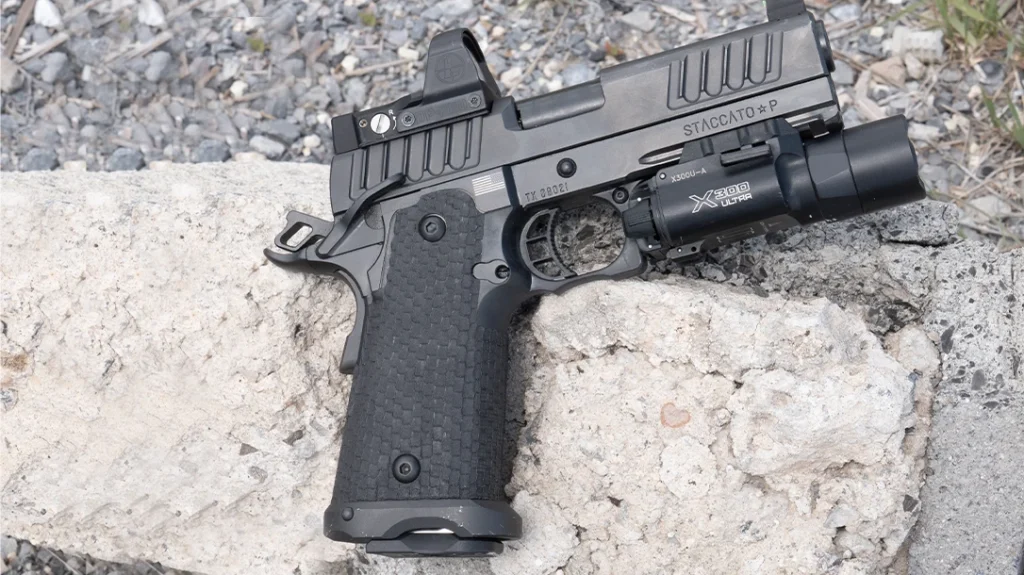
Even before they became cool, I’ve got plenty of experience with double-stack 1911s under my belt. Not only did I have a chance to test and evaluate the original Staccato P prior to its initial release, but I also had an STI Tactical in .45 ACP with a second 10mm slide. This was something that company reluctantly built for me back during its STI days.
That widebody shot like a laser and had no problem cycling thousands of rounds in either caliber. I was shooting that STI Tactical during a time when 2011-style pistols were still strictly under the competition-and-performance category.
Advertisement — Continue Reading Below
It even wasn’t really much about the platform itself. Rather, it was a matter of focus. This is why when STI rebranded and rebooted into Staccato, the revitalized segued away from its former action-pistol heritage and Staccato began focusing on the LE world exclusively. Keep in mind that custom gunmakers were still building all types of widebodies. You could by “build kits” from the most popular parts suppliers.
It was around the year 2020 that Staccato managed to move the needle and make 2011-pistols relevant to law enforcement. And that’s when many who weren’t privy to these pistols discovered them. Then all hell broke loose, and now you have the industry catering to widebody shooters at every price-point. Thanks, Staccato.
What does it really get you?
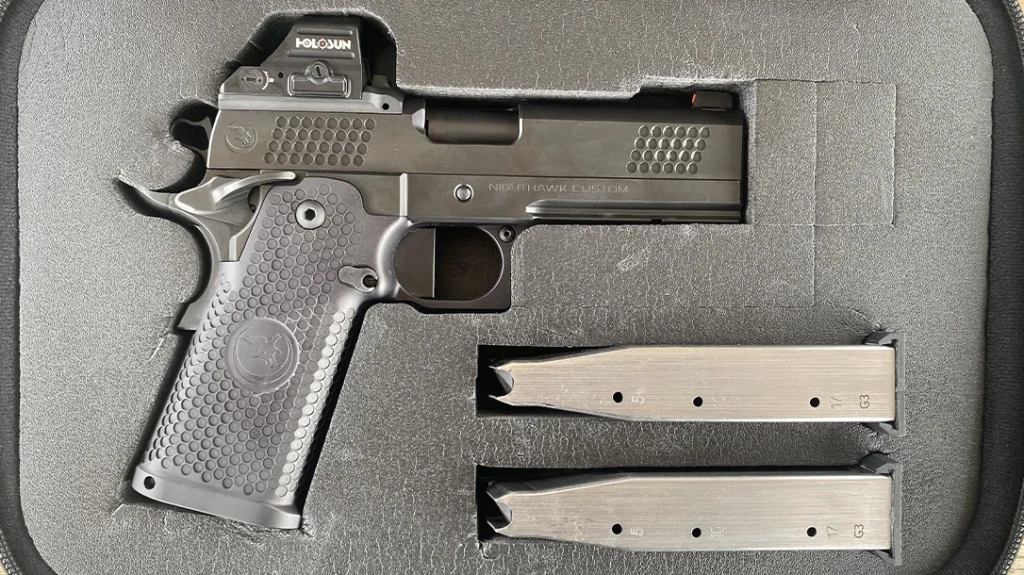
Advertisement — Continue Reading Below
The advantages of a single-action pistol with a 1911-style trigger, grip angle and operating system never went away. I’ve carried 1911s for most of my career, with my initial introduction to them dating back to 1983. Back then, I carried a full-sized Government model that was worked over by an IPSC master-class shooter.
When the 9mm returned into vogue as a service cartridge, widebody 1911s and 2011s were also there to take advantage of it. In the case of Staccato, they optimized the platform for street-ready reliability. They also boosted the fit, finish and quality accordingly. However, I’d argue that the real game changer was the fact that Staccatos came with optics-ready slides that facilitated the mounting of a red-dot sight.
As their popularity increased, so did the inevitable cloning. Custom gunsmiths spared no time in building similar handguns, then major manufacturers followed the trend. (Springfield Armory Prodigy anyone?)
Advertisement — Continue Reading Below
My Finks Custom 2011 is about as good as a duty-grade double-stack 1911 can get, and it costs around the same as a top of the line Staccato pistol. Kimber’s relatively new 2K11 makes for a great pistol. And again, it’s hard to ignore the pull that Springfield Armory has with their Prodigy double-stack product family. All of these pistols use the same style of magazines. In terms of shooting, many of their advantages tend to overlap too.
Staccato is certainly the most proven brand in the world of duty double-stack 1911 pistols, but others are catching up.
There’s still one thing, what about their cost?
Advertisement — Continue Reading Below
Are Double-Stack 1911s Worth It?
The answer to that question can depend on the person more than the platform. There are shooters out there who don’t mind paying-to-play with double-stack 1911s. It’s no different than a person who is willing to shell out some money for a nice TV or watch.
If you want my opinion, I don’t think those guns are worth their high price tags. Saying this won’t earn me many friends with the companies that sell these types of pistols. Mind you, I own them and shoot them, but the idea that a 2011 is a necessity for police work isn’t true.
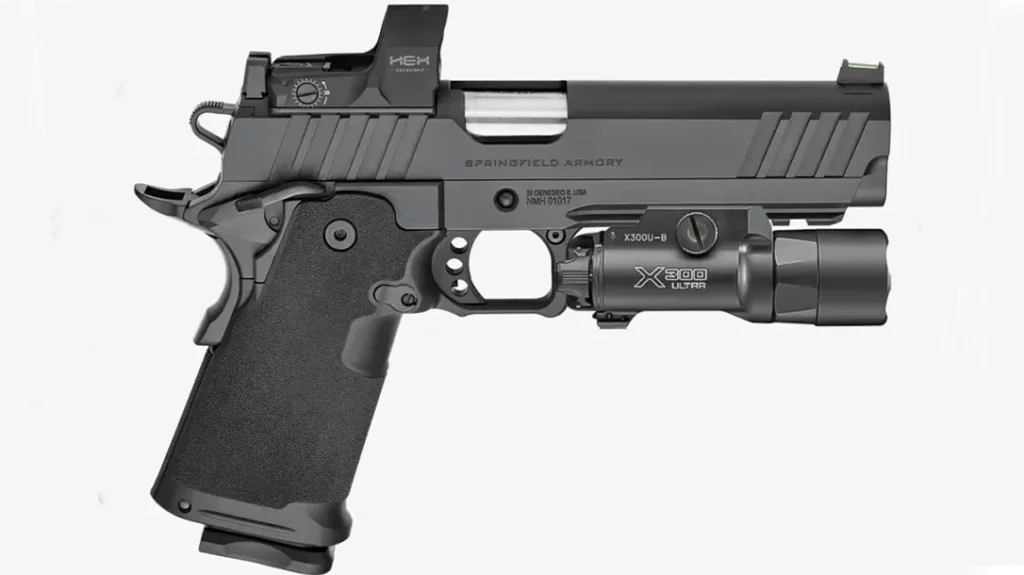
Advertisement — Continue Reading Below
The vast majority of police officers and departments are more than capable of doing their jobs with a $500 polymer service pistol. If you feel that you really need a widebody, the Springfield Armory Prodigy comes in at around $1,000.
Personally, every Springfield Armory Prodigy pistol I’ve had my hands on has been completely reliable. I’ve witnessed colleagues put thousands of rounds through Prodigies with no issues.
Look, there’s nothing wrong with using a high-dollar pistol as a cop. If you can afford it, have at it. But it still doesn’t make such guns necessary. Frankly, many officers are better off spending that money on ammunition and training. The vast majority of officers see their pistol as another tool on their belt. Honestly, most cops train because they have to, not because it’s their passion. These are the types of officers that are far better off with a Glock or similar; just add a solid red-dot sight and light.
Advertisement — Continue Reading Below
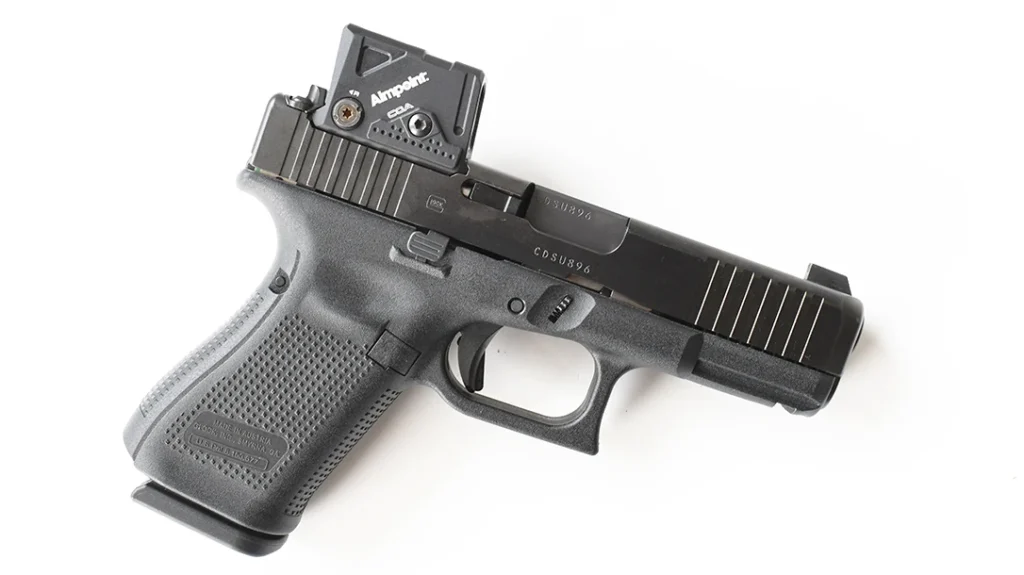
My Bottom Line
My own duty days are long over, and this is completely academic.
Would I use a $3,000-$4,000 2011 on the job? Sure. But only if I didn’t have to foot the bill.
Even if I felt the need for a single-action trigger, there are some solid alternatives. My Sig Sauer P226 SAO comes to mind, for example. I also would not hesitate to carry a Springfield Armory Prodigy.
Honestly, I’m not sure either would actually make the job any easier. I am also certain that the threat wouldn’t be able to tell the difference either. Finally, there’s the matter of getting old. It’s just that there are so many places an extra couple grand could go towards that would result in a better life. And this is all without compromising my ability to protect mine on the job.
Go ahead, it’s your money we’re talking about. Spend it as you wish, but just because all the cool kids are using something isn’t necessarily reason enough.
As always, choose and spend wisely!
